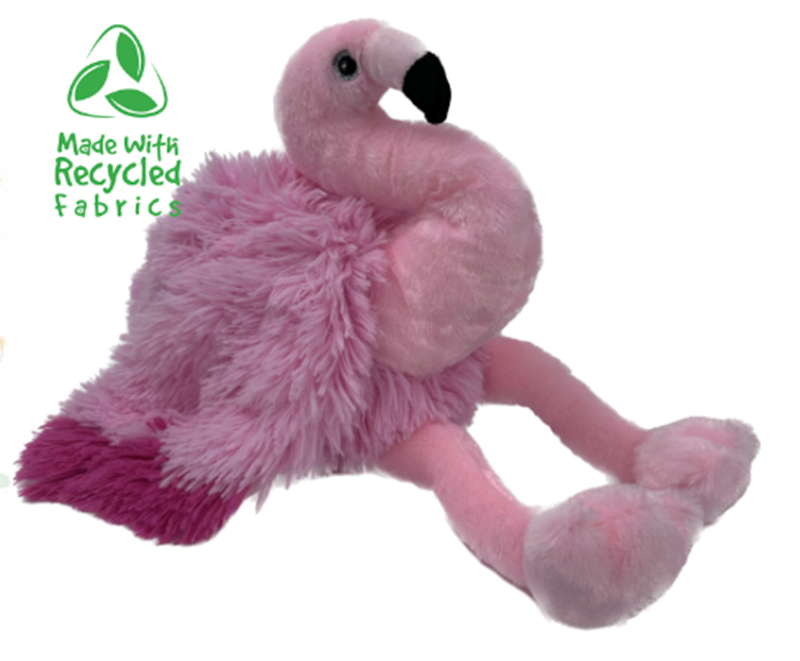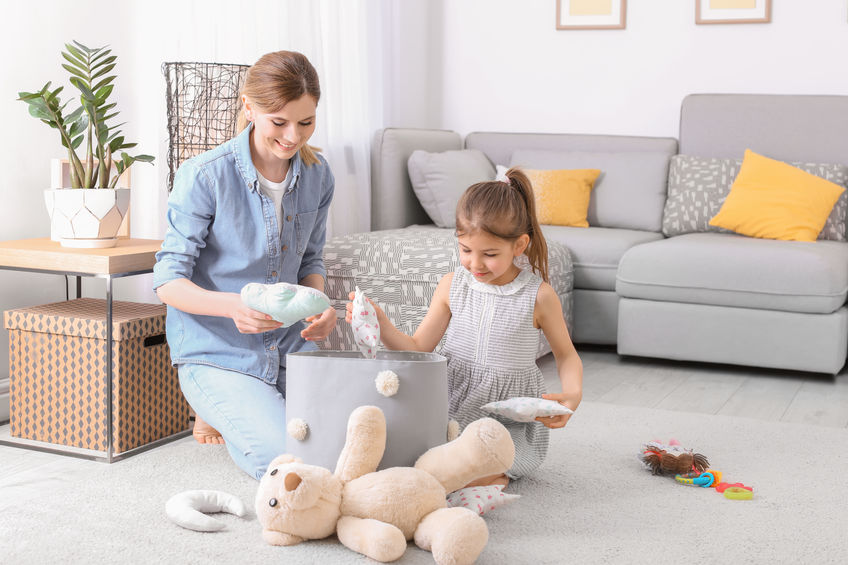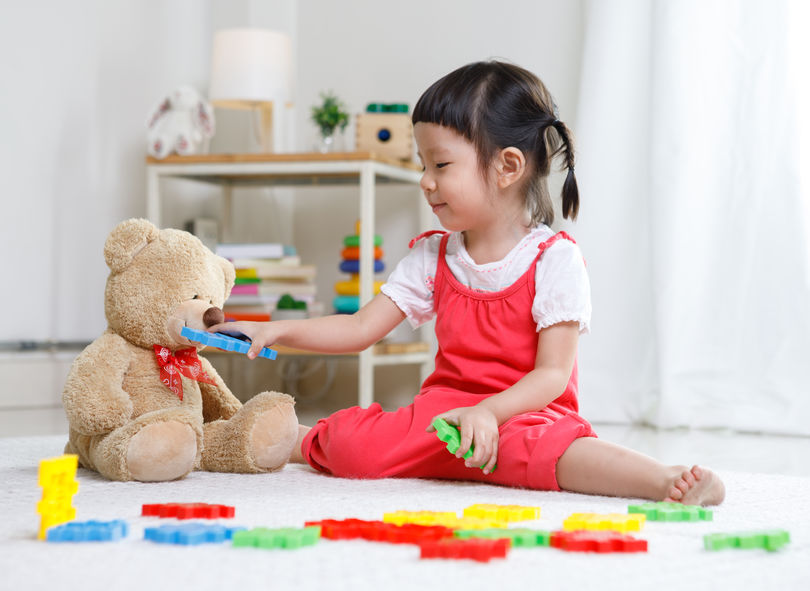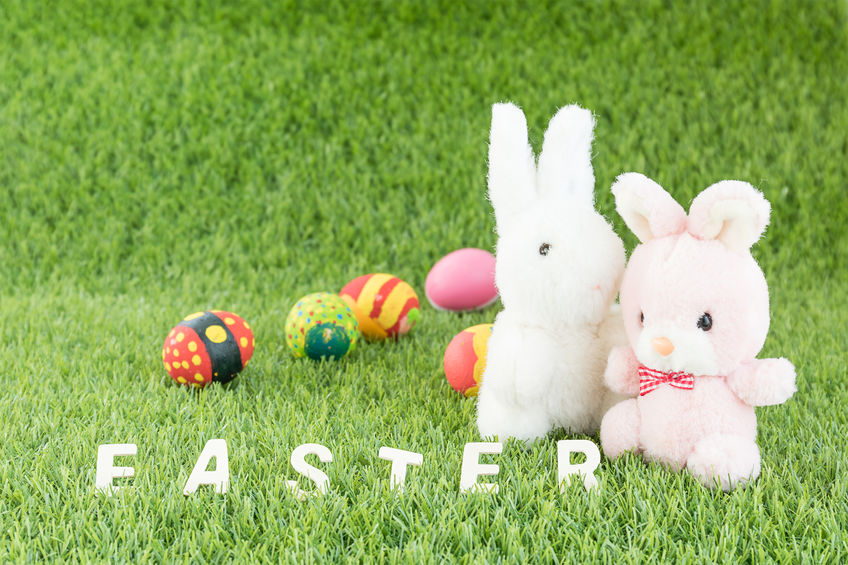
Summer is a season full of play, exploration, and new memories. It’s also the perfect time to introduce kids to the idea that fun and sustainability can go hand in hand. Whether you’re planning backyard activities, heading to camp, or just looking for ways to reduce screen time, eco-friendly play options are a great way to blend creativity with a greater purpose.
One simple yet impactful way to do that is by choosing toys made from recycled materials, such as stuffable animal kits designed with the planet in mind!
Hands-On Learning Through Play
Children absorb a lot through play. It’s how they make sense of the world, practice problem-solving, and express themselves. When you incorporate eco-friendly toys into the mix, it becomes an opportunity to introduce larger ideas, such as reducing waste, making thoughtful choices, and showing care for the earth.
Stuffable animal kits made from recycled fabric encourage important conversations. Kids not only get to create their own cuddly companions but also learn that small choices, like selecting toys made from repurposed materials, can have a positive impact on the environment.
Perfect for Summer Activities and Events
Eco-conscious stuffable animals are ideal for summer break activities. Whether you’re a parent planning crafts at home or a group leader organizing a summer camp project, these kits are a hit with kids. They are simple, no-sew, and offer a complete creative experience from start to finish.
The compact size also makes them great for travel. Road trips, plane rides, or even rainy days indoors become easier when kids have something meaningful and interactive to do.
Pair with Earth-Friendly Exploration
Enhance the experience by connecting the activity to nature. Take your child on a nature walk and discuss how various animals contribute to the environment. Collect recyclables and turn them into art. Read a book about conservation or wildlife. These small moments help reinforce a sense of responsibility and appreciation for the planet.
When playtime has purpose, it leaves a lasting impression. For a creative and thoughtful summer activity, explore our collection of eco-friendly stuffable animals made with recycled fabric at The Zoo Factory. They are the perfect blend of fun and sustainability, designed for kids and kind to the planet!









Recent Comments